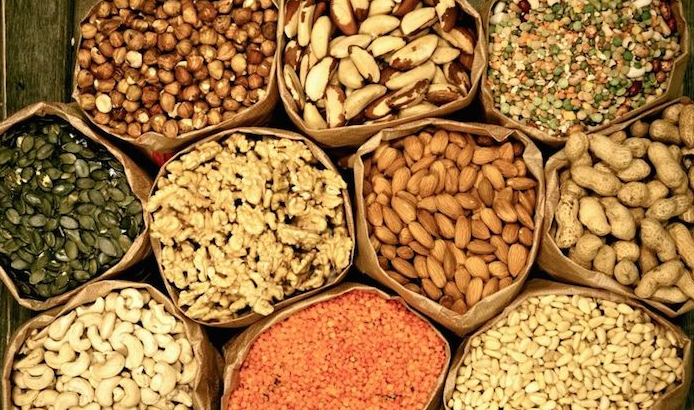AGRO SOLUTIONS: Start at the seed level to produce food
If you don’t have seed, you don’t have food. Almost all the food on grocery store shelves comes from products that started as seeds. While you may not realize that when you’re strolling down the grocery store aisles, there’s a lot you can learn about your food by knowing more about the seed that makes […]

If you don’t have seed, you don’t have food. Almost all the food on grocery store shelves comes from products that started as seeds. While you may not realize that when you’re strolling down the grocery store aisles, there’s a lot you can learn about your food by knowing more about the seed that makes it.
“Nine out of 10 bites of food start with seed. So, right from the beginning, if the seed is not of high quality, the entire crop could be lost. So, all the other inputs and all of the other efforts are lost unless the seed gives you a good start from the beginning,” Todd Hyra, business manager for Western Canada with SeCan, says during the May 17 episode of Seed Speaks.
To produce the seed needed to grow the ingredients in the food you buy, the seed industry puts countless hours into developing and growing it. From seed growers to plant breeders to certification agencies, there’s a lot of people working in tandem to produce the best quality seed.
“Consumers probably have never thought about it or never occurred to them, all the work that goes in the background to ensure that there is a high quality but also high volume of seed available to be able to ensure that this year or next year’s crop is planted and successful,” Andrew Dawson, president of the Ontario Seed Growers Association, explains in the episode.
- Coup: PDP warns FG on war with Niger
- Retirement savings account holders, pension fund administrators tasked on synergy
Traceability is another part of the work that goes into certified seed production. The pedigreed seed system includes traceability back to what the plant breeder and what the intended use of that variety is, Hyra explains. The seed certification system also includes various inspections on the seed farm which adds to this.
“You can’t be sure of a product, unless you know where it came from. Certified seed does provide that assurance because we’re able to track the seed from the time it’s at a breeder stage at release, all the way through the system until it reaches into the food production,” Sarah Wilbanks, CEO of the Association of Official Seed Certifying Agencies, says during the episode.
The certified seed system also helps to ensure stability in the food system. One of the biggest variables the agriculture industry contends with is weather. However, plant breeders are working to create new crop varieties which are better able to withstand wilder weather.
“Pedigreed seed provides a return to those breeding programs that helps encourage those new varieties. And so, whether it be a yield stability trait, whether it’s just additional yield, or some drought tolerance, or fertilizer use efficiency, all of those help ensure that there’s going to be a stable food supple,” Hyra adds.
SOURCE: Seed World
